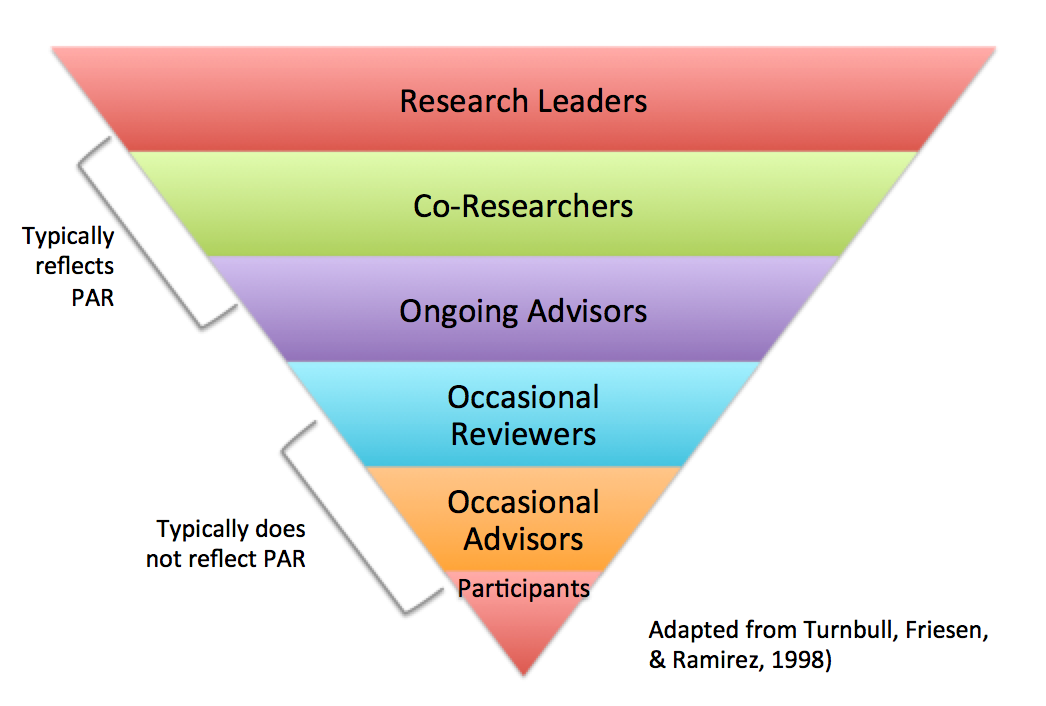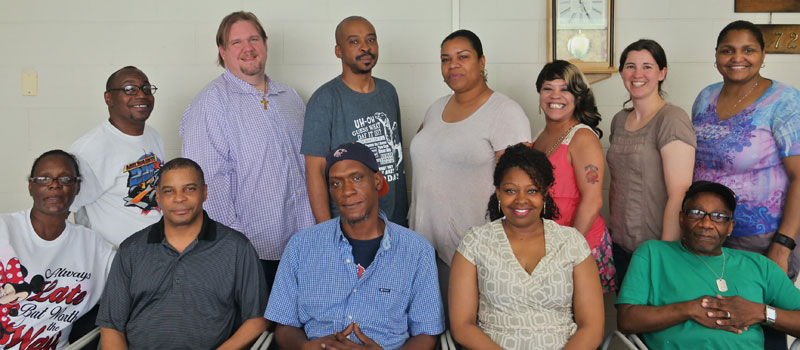While engaging patient and family advisors in health care research is relatively new, the concept of partnering with individuals who represent the population being studied is not a recent development. Collaborative models such as participatory action research (PAR) and community-based participatory research (CBPR) have been used in disability and public health research for well over three decades. Researchers who were early leaders in these two approaches have written about the many benefits of authentic partnerships including:
- Improved relevance and usefulness of the research
- Improved quality and validity of the research
- Greater trust within communities where research is conducted
- Increased empowerment of those who partner in research
- Increased opportunities for typically underrepresented communities to partner
- Enhanced energy within a research project fueled by the passion and interest of patients and families
These researchers distinguish between approaches that offer stakeholders high levels of decision-making authority and those that involve key stakeholders in roles with little to no decision-making authority. The figure below was adapted from Turnbull and colleagues, experts in Participatory Action Research (PAR). They encourage researchers to start at a level where they are comfortable and move towards increasingly higher levels of involvement for stakeholders. It provides a valuable framework for you to consider when planning to partner with patients and families in research.
Levels of Involvement of Patient and Family Stakeholders in Research

Highlight from the Field: Illinois Institute of Technology
Located at the Illinois Institute of Technology, the Chicago Health Disparities Center is dedicated to reducing physical health disparities for racial and ethnic minorities with mental illness. Several PCORI-funded projects that employ the Community-Based Participatory Research (CBPR) model are underway. It has been the expectation for CBPR teams to engage patients, families, and communities as Advisory Board Members and on Consumer Research Teams to understand health care needs and barriers, select a problem specific to health care access, and prioritize, implement, and evaluate solutions. Projects aimed to improve the lives of African-Americans and Latinos with mental illness have resulted in interventions such the development of training curricula for engaging African-Americans in research and creating a Latino peer-navigation program.
